 |
 |
 |
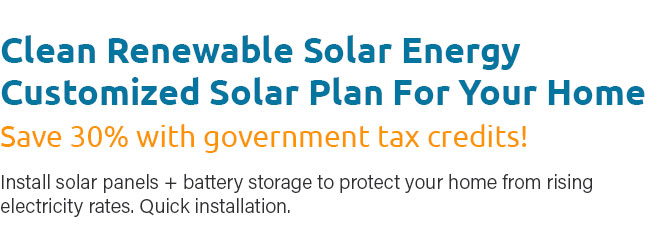 |
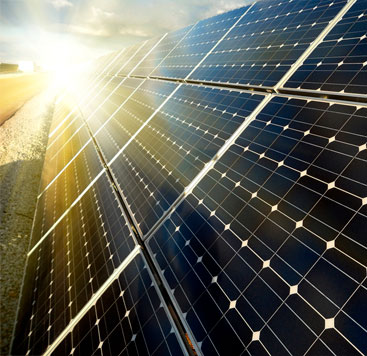 |
 |
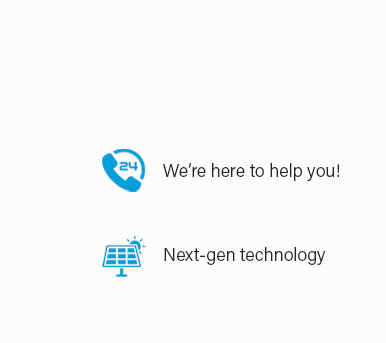 |
 |
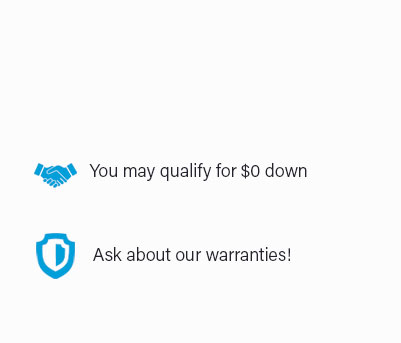 |
 |
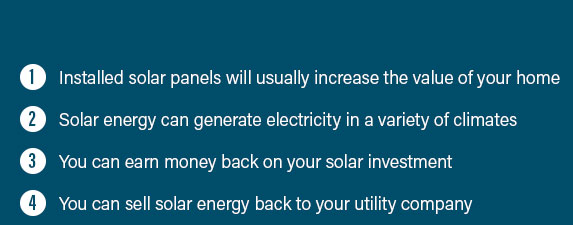 |
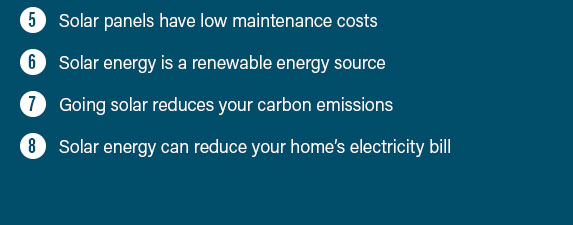 |
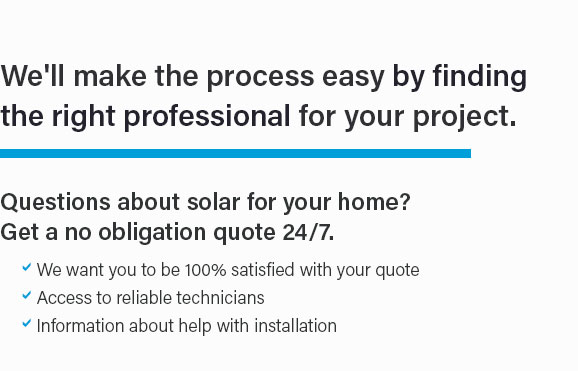 |
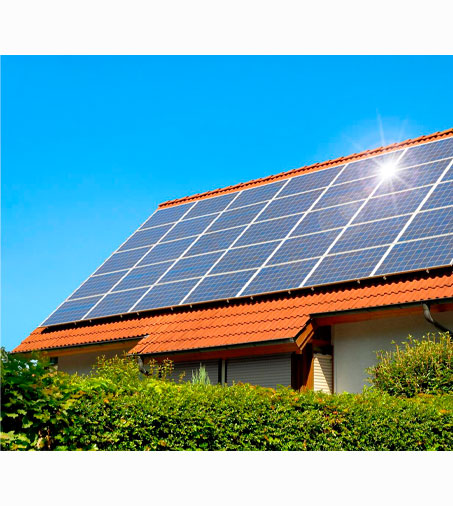 |
|
 |
 |
 |
Embarking on Your Solar Panel Installation JourneyIn today's fast-paced world, where environmental concerns are at the forefront of societal consciousness, more individuals are turning towards renewable energy sources, and solar panels have emerged as a popular and practical choice. The decision to install solar panels is not only an investment in the environment but also a financially savvy move that promises long-term savings. However, the process of installing solar panels, although rewarding, can seem daunting at first. Here, we delve into a step-by-step guide to ease your transition into solar energy. Firstly, it's imperative to understand the benefits of solar panels. Not only do they help reduce your carbon footprint, but they also offer a significant reduction in electricity bills. With solar power, you're harnessing a clean and renewable source of energy that, once installed, requires minimal maintenance. Energy independence is a compelling reason for many to consider solar panels; in a world where utility prices are constantly fluctuating, generating your own electricity provides a sense of security. Before diving into the installation process, one must conduct a feasibility assessment. This involves evaluating your home's location, the direction and angle of your roof, and potential shading from nearby trees or buildings. A home with a south-facing roof is optimal for solar panel installation, but east- or west-facing roofs can also be effective. It's crucial to ensure that there is minimal shading throughout the day, as shadows can significantly impact the efficiency of your solar panels.
The installation process itself is usually completed in a matter of days. It begins with mounting the panels onto your roof, followed by wiring them to an inverter, which converts the solar energy into usable electricity for your home. After the installation, the system will need to be inspected to ensure it complies with all safety regulations. Once passed, your system is ready to be connected to the grid, and you can start enjoying the benefits of solar energy. It's worth noting that many governments offer incentives for solar panel installations, such as tax credits or rebates, which can significantly reduce the overall cost. Be sure to explore these options to maximize your investment. In conclusion, while the process of solar panel installation requires careful planning and consideration, the rewards are manifold. Not only are you contributing positively to the environment, but you're also setting yourself up for potential financial savings and energy independence in the years to come. Embracing solar energy is a step towards a more sustainable future, and with the right guidance and resources, it's a journey well worth undertaking. https://formesolar.com/how-long-does-it-take-to-install-solar-panels/
The entire process for installing solar panels and getting them approved isn't an overnight process. Going solar in California takes approximately 45 days. https://www.solar.com/learn/solar-panel-installation/
Solar Panel Installation Process - The Site Evaluation - System Design Approval - Permit Approval - Installation - Final City Inspection - Utility Connection. https://unboundsolar.com/blog/step-by-step-diy-solar-installation?srsltid=AfmBOop66nSL31slfH5jO6qyT_epFl82eeTh4PdORg1OoPnhNrYykQUf
We've created a comprehensive, step-by-step solar panel installation guide to help you through each stage of the solar installation process.
|